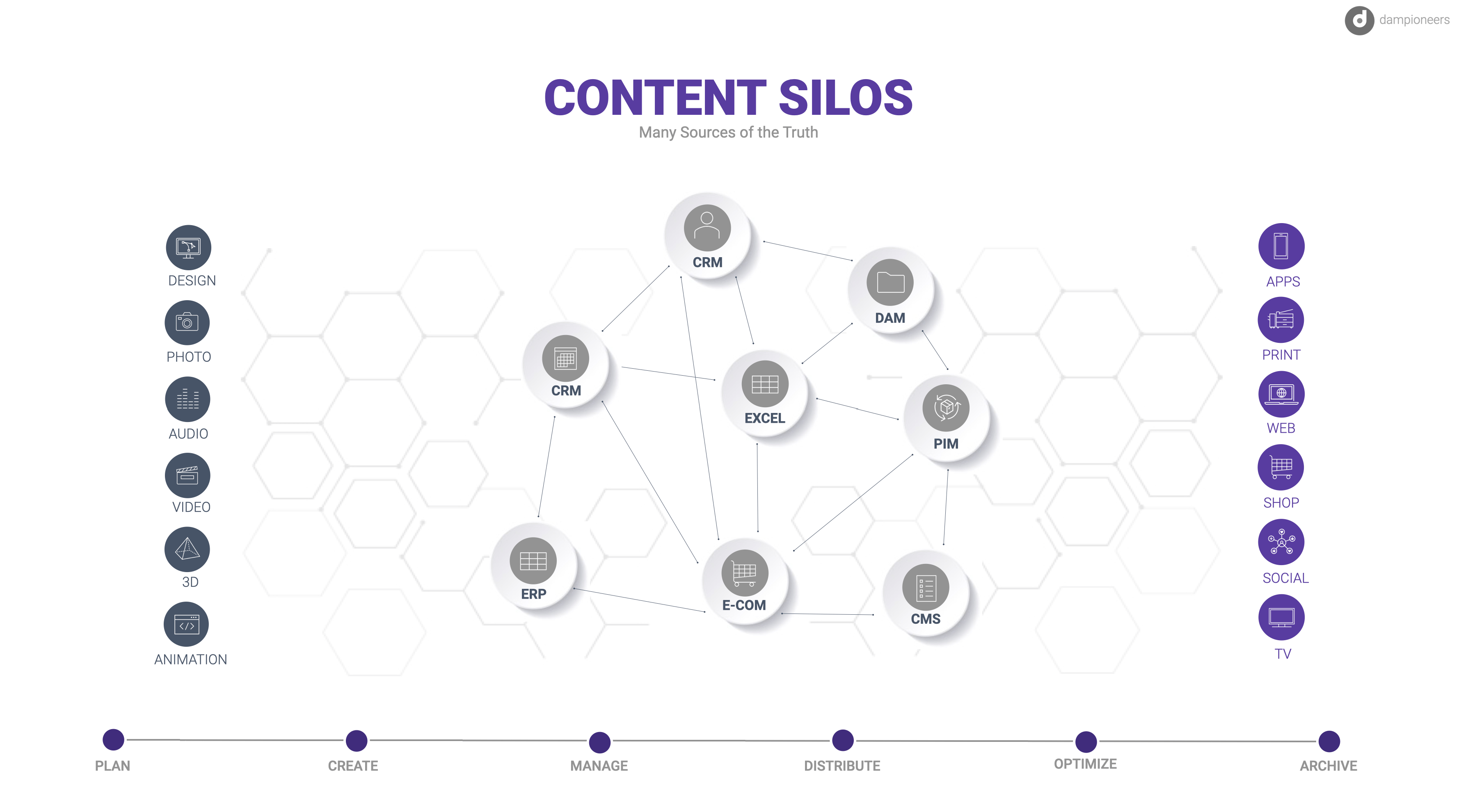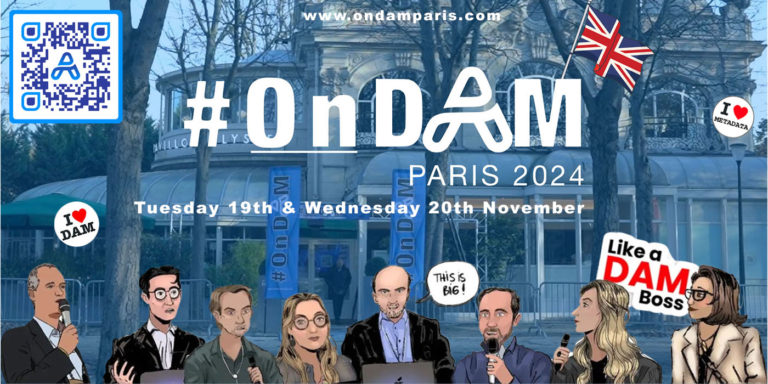The ever-increasing demand for digital assets, the need to efficiently organize assets for a growing number of output channels, and the flexibility to respond to new demands created by additional channels presents challenges to organizations.
38% of shoppers in Germany say they shop online more now than before the Covid 19 pandemic and around 87% say they would do so in the future. This development, along with the global increase in e-commerce sales, is putting increasing pressure on companies to ensure that their online presence meets the rising expectations of shoppers. What was initially seen as a reaction and directly related to the Corona crisis has most likely become part of the new normal and will continue to change online business in the future.
Companies have realized that the CX (customer experience) is the primary interface between them and consumers or buyers and visual content such as images, video, 3D, 360-degree product shots, etc. are key to getting customers to interact with products and retain them in the long term.
The ever-growing demand for digital assets, the need to efficiently organize assets for a growing number of output channels, and the flexibility to respond to new demands created by additional channels, poses challenges for companies.
Digital asset management is the engine that can ensure a successful content strategy. DAM not only guarantees the availability of the right assets in the right file format, resolution and size, tagged with relevant metadata for the right channel at the right time, but has become a central hub where all business-relevant information converges.
DAM as a content platform is at the core of the marketing technology stack (PIM, CMS, MRM, or e-commerce platforms) and provides mission-critical functionality that ensures companies successfully navigate the new normal.
In our webinar, we explored the role of digital asset management as a content engine and explain how to manage the demands of the new customer experience era.
The following topics will be discussed:
- The Content Explosion
- Why traditional DAMs are not meeting the new demands
- The role of DAM in the content lifecycle
- Advantages of DAM as a content platform





